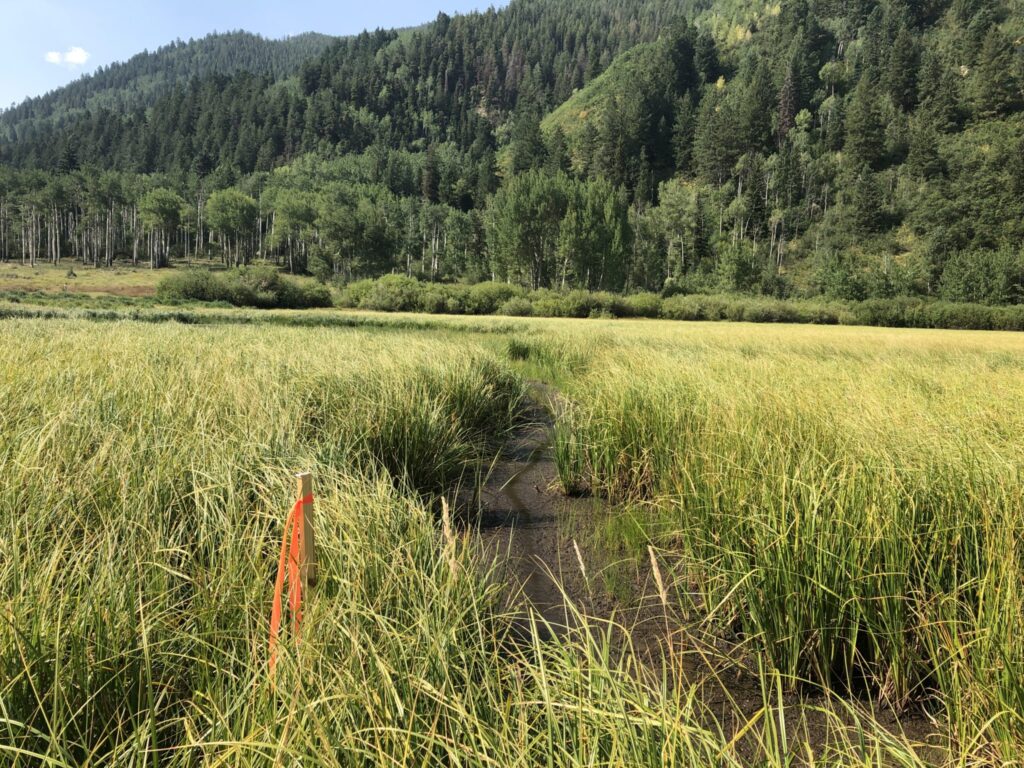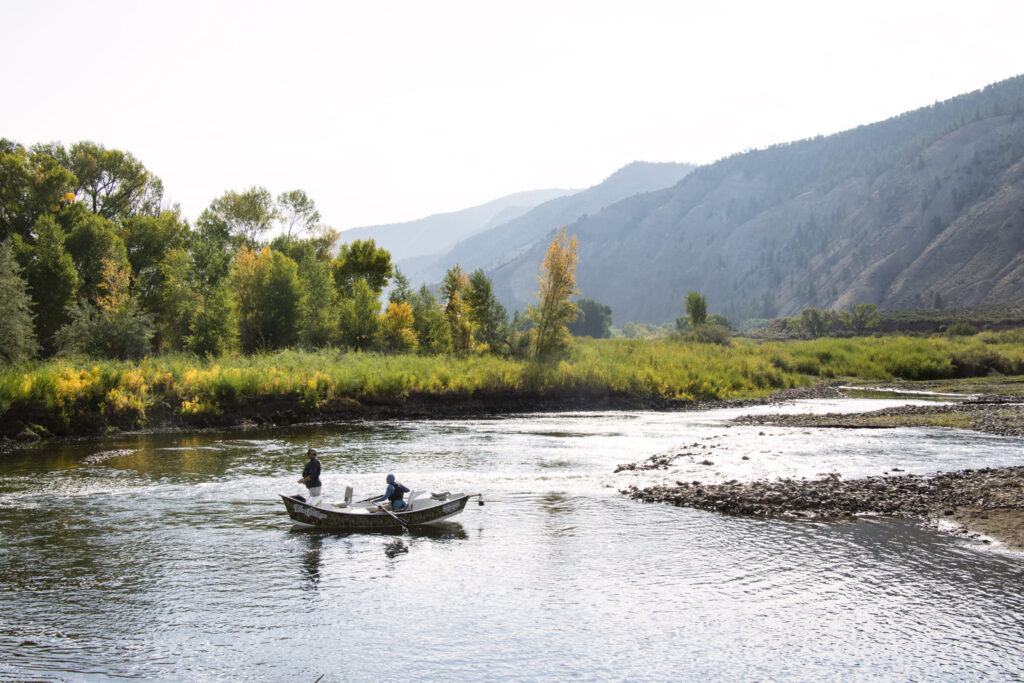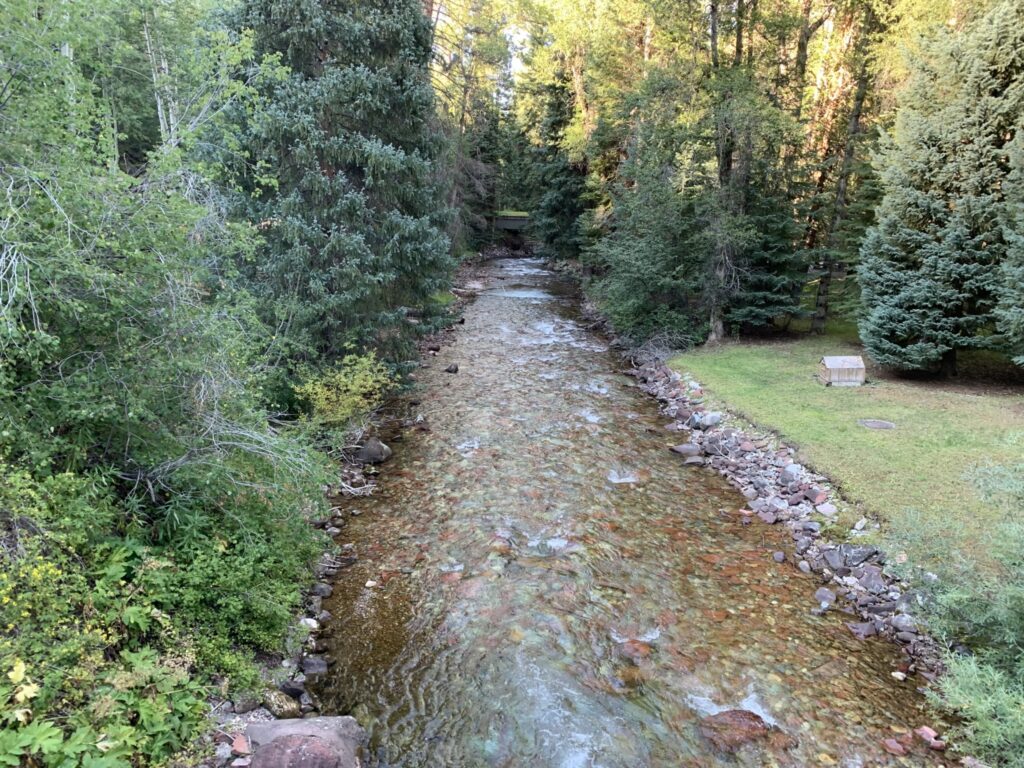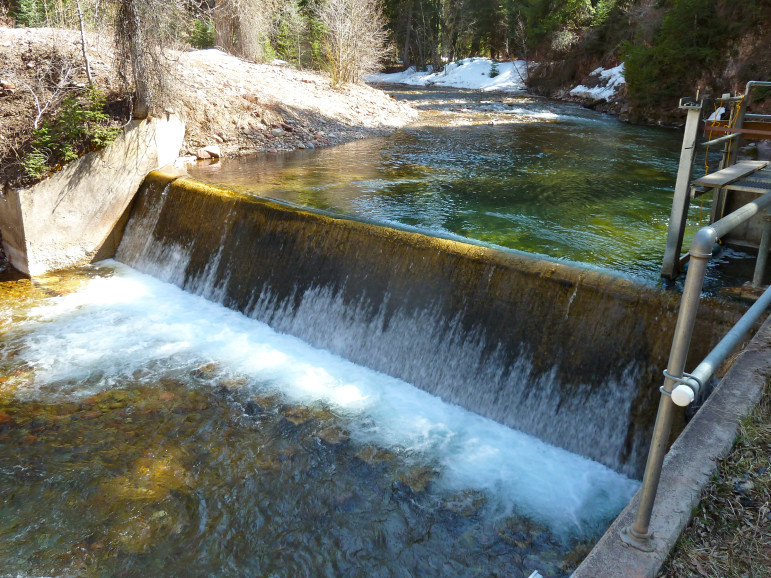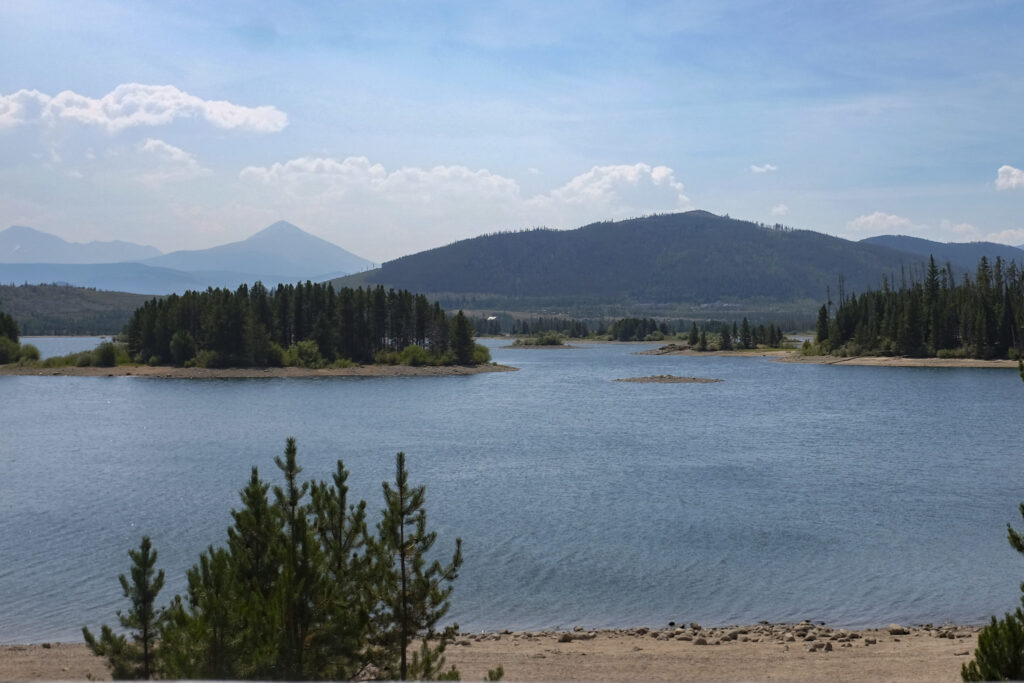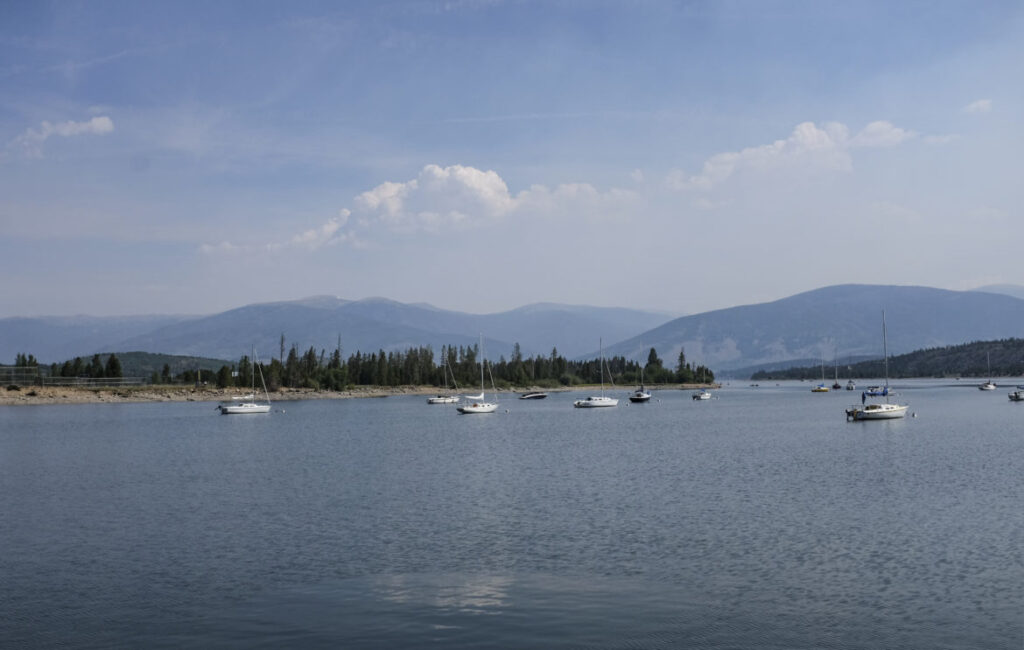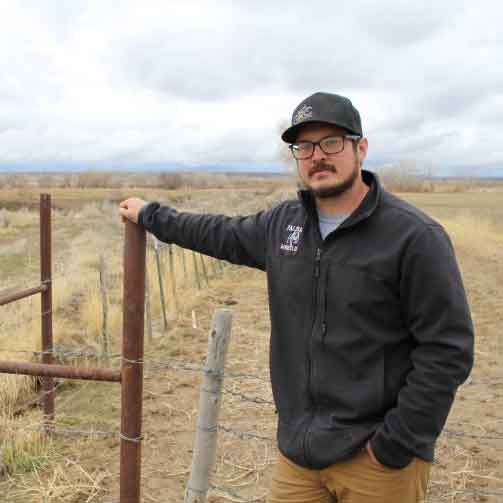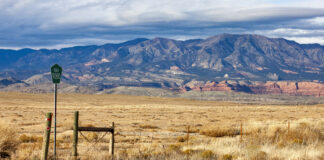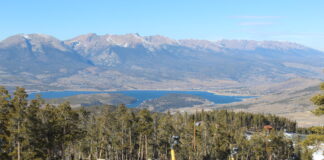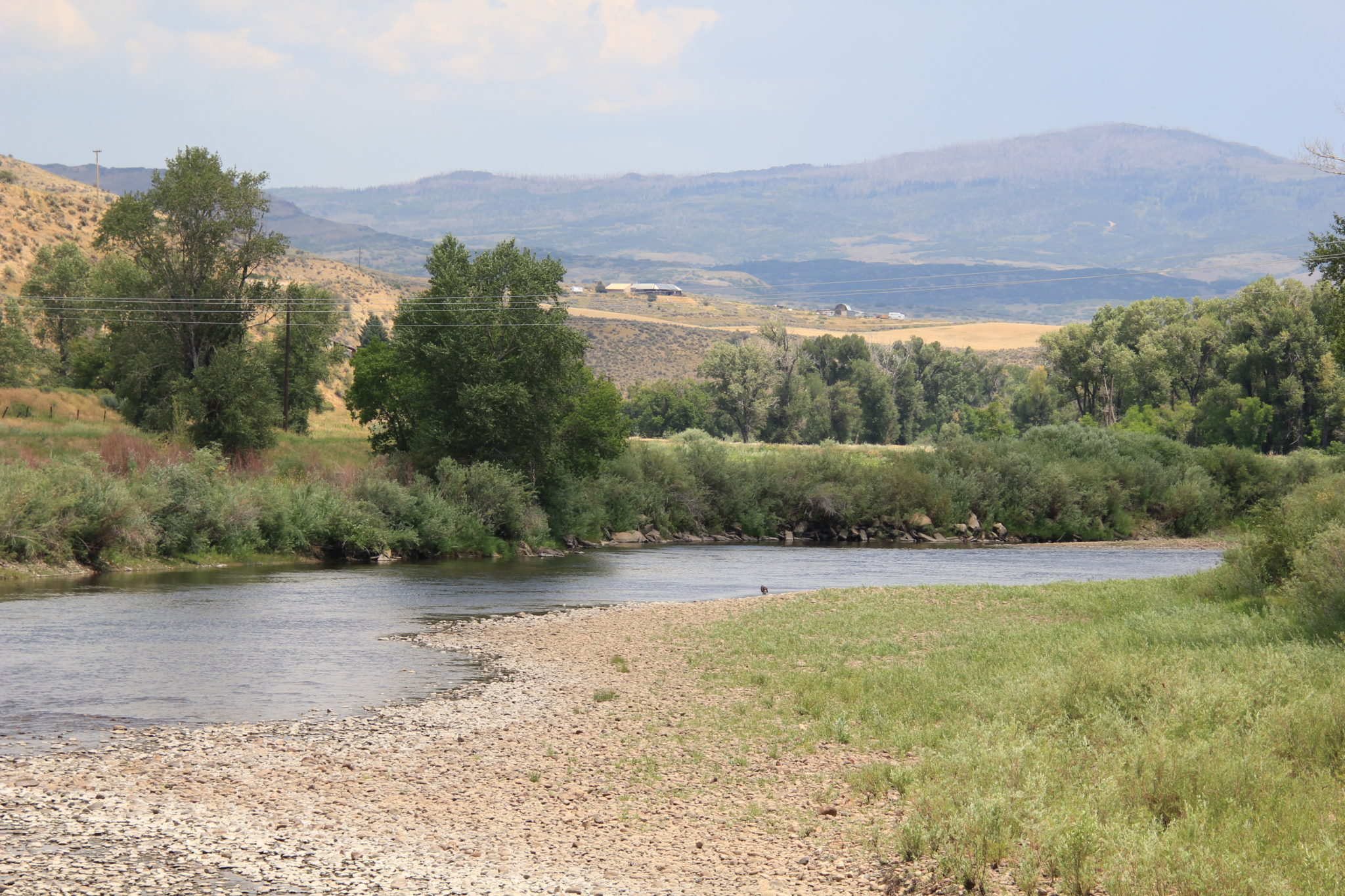
By Allen Best
CRAIG — The second-ever call on the Yampa River was lifted Thursday morning after a trio of water providers announced the release of up to 1,500 acre-feet of water from Elkhead Reservoir to support irrigators in the Yampa River Valley and endangered fish.
The latest call was placed on the Yampa River on Aug. 25. The first call was in the late summer of 2018, also after an uncommonly hot, dry summer. The release of the water has ended the immediate need for water administration, allowing irrigators who had been legally prevented from taking water to resume diversions.
Tri-State Generation and Transmission Association has begun releasing 500 acre-feet of its water, and the Colorado River District is releasing another 750 acre-feet of water that it controls from the reservoir near Hayden.
A third organization, the nonprofit Colorado Water Trust, will use money from the Colorado Water Conservation Board to support the upper Colorado Endangered Fish Recovery Program’s contract for additional water in Elkhead in 2020. The Colorado Water Trust also has raised private funds to support a potential release of 250 acre-feet of water to provide in-channel flows for endangered fish species in the Yampa.
Water will continue to be released from Elkhead Reservoir, as necessary, through September. Rain, snow and cloud cover could suppress demand.
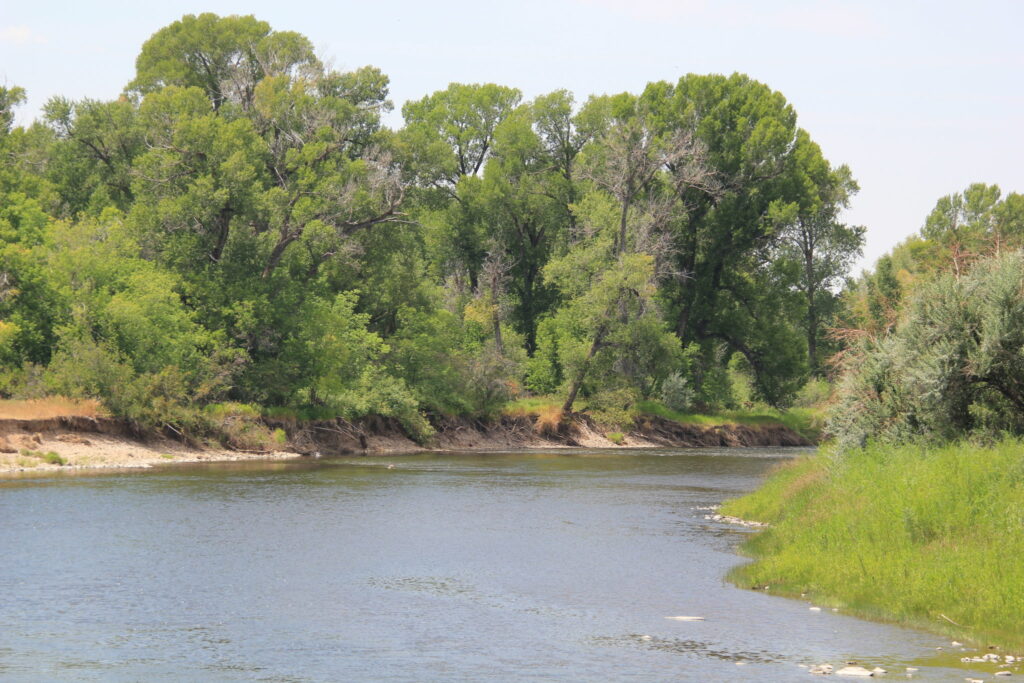
Irrigators, fish feeling the heat
A statement from the River District and Tri-State emphasized the intention of helping irrigators.
“Agriculture producers in the western U.S. currently are being hit with the triple threat of drought, low prices and pandemic restrictions, so anything we can do to ease the burden of farmers and ranchers in the Yampa Valley is something we are willing and honored to do,” said Duane Highley, CEO at Tri-State, the operator of coal-fired power plants near Craig.
Andy Mueller, the general manager of the River District, echoed that theme.
“We hope these actions help alleviate the depth and severity of ranchers being curtailed and allow some of them to turn their pumps back on to grow more forage before winter,” he said.
“It was a crazy hot and dry summer,” said Andy Schultheiss, the executive director of the Colorado Water Trust. “There was just nothing left in the river — or, at least, very, very little.”
Schultheiss said the trust was interested in preserving habitat for fish and other species in the river, including fish in the lower reaches of the Yampa that are on the endangered species list. In August, the organization also contracted to release 500 acre-feet of water from the Stagecoach Reservoir, near Oak Creek, to ensure flows through Steamboat Springs.
Impact of the releases was reflected Thursday afternoon at stream gauges maintained by the U.S. Geological Survey. The river above the confluence of Elkhead Creek was running 102 cubic feet per second. Bolstered by the reservoir releases, however, it was running 125 cfs downstream at Maybell. It was 95 cfs at Deer Lodge, located 115 river miles downstream from Elkhead Reservoir at the entrance to Dinosaur National Monument, below several agricultural diversions.
A warming climate of recent decades and the weather of the past year probably both played a role in 2020’s second-ever Yampa call.
“August likely will end in the top 10 hottest and driest on record in the Yampa basin,” state climatologist Russ Schumacher said during an Aug. 25 webinar. “You see warmer-than-average temperatures everywhere except a couple of pockets in North Park.”
Many areas were 4 to 6 degrees above average, and some pockets were even hotter. Fall and winter temperatures are more variable, which summer’s are much less so, said Schumacher. “Having 5 or 6 to 8 degrees above average in summer is quite remarkable,” he said.
The River District’s Mueller nodded to this broader context.
“As drought and low flows promise to persist, today’s cooperative actions could help us learn and plan for an uncertain water future,” he said.

Regulation is new reality
What sets the Yampa River apart from other rivers in Colorado is its storied tradition: a river without administration. The contrast may be most stark with the South Platte, which drains the heavily populated towns and cities and still abundant farms on the northern Front Range. There, it’s barely an exaggeration to say that every drop is measured, ensuring that diverters are taking only as much water as to which they have rights.
The Yampa has typically met the needs of all diverters, including those of irrigators, who are responsible for nearly all the water consumed in the Yampa River basin on an annual basis. Diverters were on an honor system to take no more than their allocated share of water.
Putting a call on a river requires the sorting out of water rights under Colorado’s first-in-time, first-in-right hierarchy. Those with mostly older — and, therefore, senior rights — have first dibs but only to the amount they are allocated.
The call placed on the river Aug. 25 was triggered by agriculture users lower on the river, at Lilly Park near Dinosaur National Monument. They were failing to get the river’s native flows to which they were entitled within their priority of 1963.
To honor the seniority of those water rights, Erin Light, the division engineer, initiated a call on the river to ensure that the more senior right would get delivery of the water.
Those affected were all water users upstream, even to the headwaters, with junior or more recent allocations. Junior water users are cut off to the amount necessary to satisfy the call, which could be partially or completely, as per the needs of the downstream user with the senior but unsatisfied allocation.
Light last year announced that all water diverters must install headgates and measuring devices, to allow withdrawals to be controlled and measured. Some have done so, others have been given extensions and some others have failed to comply, she said. Those without headgates and measuring devices — even if they have a more senior water right — risk being cut off entirely when a call occurs.
This push to measure diversions began at least a decade ago, after Light arrived in the Yampa Valley. One of those she persuaded was Jay Fetcher, who ranches along the Elk River, northwest of Steamboat Springs. He remembers some grumbling. The informal method had always worked. Now he’s glad he can prove he’s taking his allocated water — and no more.
“Once we changed, we realized that it was a real plus,” Fetcher said. “We knew what we were doing with our water, and we could justify (our diversions), not only to ourselves, but to Erin and the state.”
Jim Pokrandt, the director of community affairs for the River District, echoed that sentiment.
“It’s in everybody’s best interest,” Pokrandt said, “to foster a solution that recognizes the reality, that doesn’t put agriculture out of business, while we are on the pathway to better water administration.”
Aspen Journalism is a local, nonprofit, investigative news organization covering water and rivers in collaboration with Steamboat Pilot & Today and other Swift Communications newspapers. This story ran in the Sept. 7 edition of Steamboat Pilot & Today.
This story was supported by The Water Desk using funding from the Walton Family Foundation.
The Water Desk’s mission is to increase the volume, depth and power of journalism connected to Western water issues. We’re an initiative of the Center for Environmental Journalism at the University of Colorado Boulder. The Water Desk launched in April 2019 with support from the Walton Family Foundation. We maintain a strict editorial firewall between our funders and our journalism.






